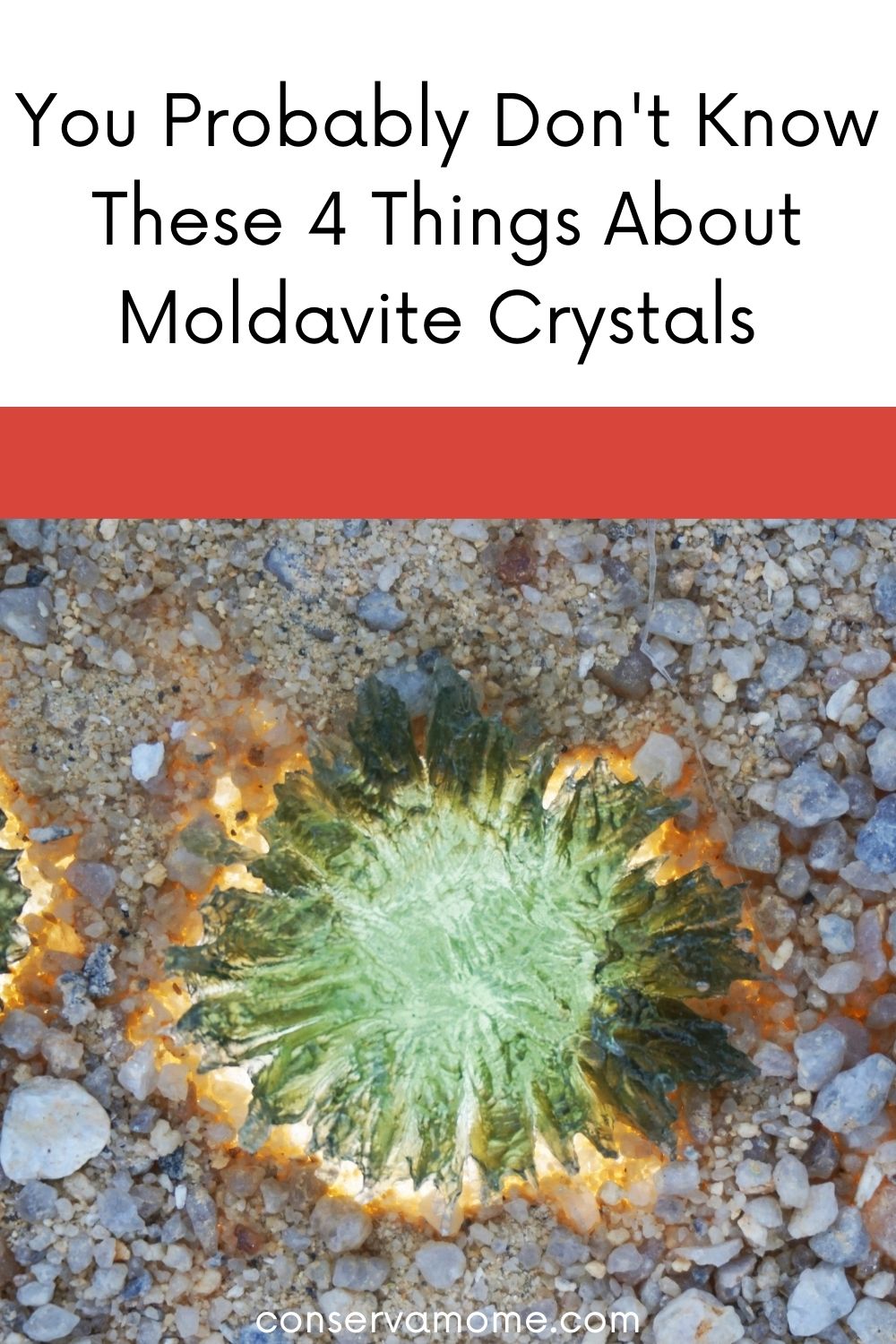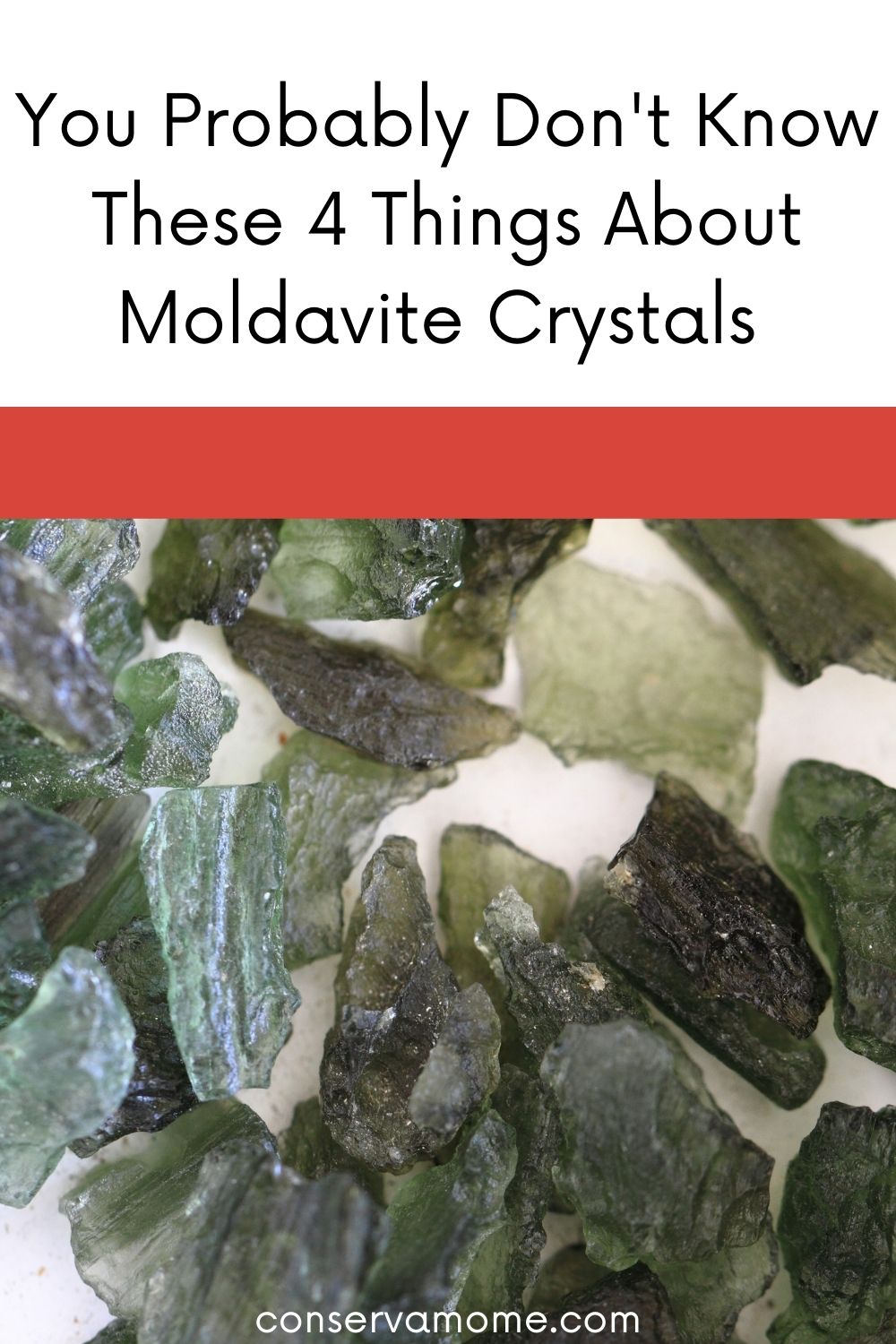Moldavite crystal is pretty amazing. Check out 4 things about moldavite crystals you probably didn’t know!
You Probably Don’t Know These 4 Things About Moldavite Crystals
Only found in parts of Austria, Germany, and the Czech Republic, moldavite is a precious gemstone forged in the heat of a meteorite impact 15 million years ago. Authentic moldavite crystals come in shades of translucent olive green or blue-green and feature bubbles and swirling patterns caused by the extreme heat in which they were formed.
For thousands of years, people in central Europe have been using moldavite crystals for both decorative and functional reasons including to create jewelry and tools. In modern times, although moldavite is not as extensively mined, jewelry such as moldavite bracelets, necklaces, and rings are worn as popular fashion and well-being accessories.
Whether you are looking to buy raw moldavite crystals or bespoke jewelry, it is beneficial to get a better understanding of the valuable gemstone. To provide you with some background knowledge, here are four carefully selected things you should know about moldavite crystals.
1. Moldavite Is Rare
Formed from the debris and extreme heat on a meteor impact in Central Europe, this places moldavite in the group of rocks referred to as tektites, stones thought to be the remains of asteroids and meteors.
Moldavite is the only stone in the tektite family that is of gemstone quality and it is loved for its clarity and unique texture. Even though moldavite can be artificially made, you can still find real Moldavite sourced from reputable mines and jewelers in the Czech Republic. To ensure trust, most moldavite jewelers provide a certificate of authenticity.
Although small deposits of moldavite are present in Austria and Germany, the regions with the richest deposits of moldavite are Southern Bohemia and Moravia. Unfortunately, over the years the number of moldavite mines has been on the decline, restricting the supply of new gemstones.
2. Every Piece Is Unique
Moldavite is a natural glass and has a Mohs hardness rating of between 5.5 and 7, typically moldavite is a transparent or translucent mossy green color. Due to it being formed under extreme heat, moldavite crystals feature bubbles and swirls in addition to worm-like lines caused by the inclusion of lechatelierite.
The average size for a moldavite crystal is around 4 grams and there are hundreds of thousands of fragments spread over large areas, however, despite this, every piece of moldavite has unique patterns and textures.
Even though each moldavite crystal has unique characteristics, its value and quality can be ascertained by appraisers according to a well-established grading system with three tiers:
- Museum Grade; this is the highest quality and most translucent type of moldavite which in its raw form has a distinct fern-like appearance, because of its excellent quality, it is often faceted and polished to create handcrafted moldavite jewelry.
- Medium Quality; pieces of moldavite in this grade provide a balance in color and translucency between higher and lower quality gemstones.
- Regular Grade; often these are small pieces that have broken away from a larger chunk of moldavite. They feature more closely spaced pitting on the surface and darker shades of green.
3. Moldavite Price
The average size of moldavite crystals found is around 4 grams. However, the largest recorded piece discovered in the Czech Republic weighed in at 285.5 grams. As with other precious stones such as diamonds, the value of moldavite increases at every 10-gram increment. Therefore the heavier moldavite crystals command a higher price. Typically, the average retail prices for raw moldavite crystals are:
- 10 grams: $100 – 200
- 20 grams: $300 – 400
- 30 grams: $600 – 900
- 40 grams: $1000 – 2000
In addition to weight, there are several other factors that affect the value of moldavite including:
- Shape; larger stones that have retained rounded forms are more valuable than shattered fragments. Moldavite crystals in the shape of disks, spheres, and teardrops are generally more expensive.
- Source; the most highly prized moldavite is mined around the town of Besednice and other parts of Southern Bohemia. Also in Moravia in the Czech Republic.
- Damage; moldavite can easily be damaged naturally through abrasion, impacts, and weathering as well by machinery during extraction. The most intact and unscratched moldavite crystals are valued higher.
- Unique Characteristics; the color and sculpting of a moldavite crystal affect its value in addition to the ringing sound it can produce.
4. The Healing Properties
Another interesting thing about moldavite is that some people believe it has well-being qualities.
Moldavite is a rare precious gemstone that will maintain its value well into the future. For this reason, several interesting facts are surrounding the textile rock. Ranging from its unique formation, limited distribution, and unique physical characteristics.


Leave A Reply!